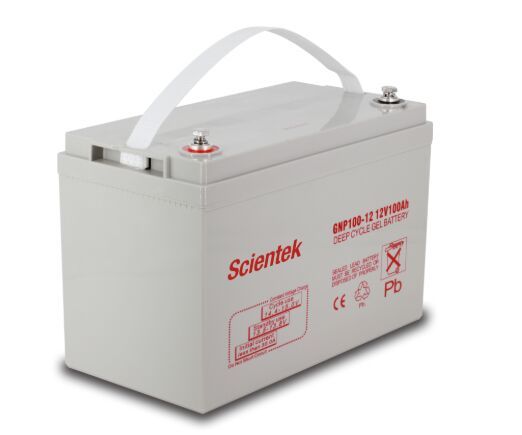There are many types of batteries, and the causes of various battery failures are also more complicated, but many failures are not formed in a short time, and some failures are difficult to find from the outside, and it is not easy to repair the major failures of the battery. It must be replaced, so strengthening the daily maintenance and management of the battery is a necessary condition to ensure the safe operation of the battery.
When the internal plate of the lead-acid battery is short-circuited or disconnected, the battery should be replaced. If the capacity of the lead-acid battery drops, the electrolyte should be replaced, and the battery capacity should be restored by repeated charging. If the capacity is still less than 80% of the rated capacity after three charging and discharging, the battery should be replaced. In addition, when the lead-acid battery has plate bending, cracking, and swelling defects, when the capacity is less than 80% of the rated capacity, the battery should also be replaced at this time.

Maintain Lead-Acid Battery Charger
When the insulation of the lead-acid battery decreases, when the insulation resistance value is lower than the on-site specified value, the insulation monitoring device will send out a grounding signal, and the meter can display the grounding electrode. At this time, the ventilation conditions of the battery room should be improved, and the indoor humidity should be reduced. The housing and bracket are cleaned with alcohol. If the insulation is still not up to standard after the above methods are used, you can consider replacing them.
When there is too much sediment on the bottom of the lead-acid battery, a straw can be used to remove the sediment and replenish the newly configured electrolyte. The electrolyte temperature of the lead-acid battery in operation should be controlled below 35°C.
For valve-regulated lead-acid batteries, when there is an abnormal phenomenon such as short circuit or partial discharge or excessive temperature inside the battery, the charging current should be reduced, the charging voltage should be lowered, and the safety valve should be checked for blockage.
When the valve-regulated lead-acid battery loses water and dries up, and the electrolyte material deteriorates. The battery should be replaced immediately.